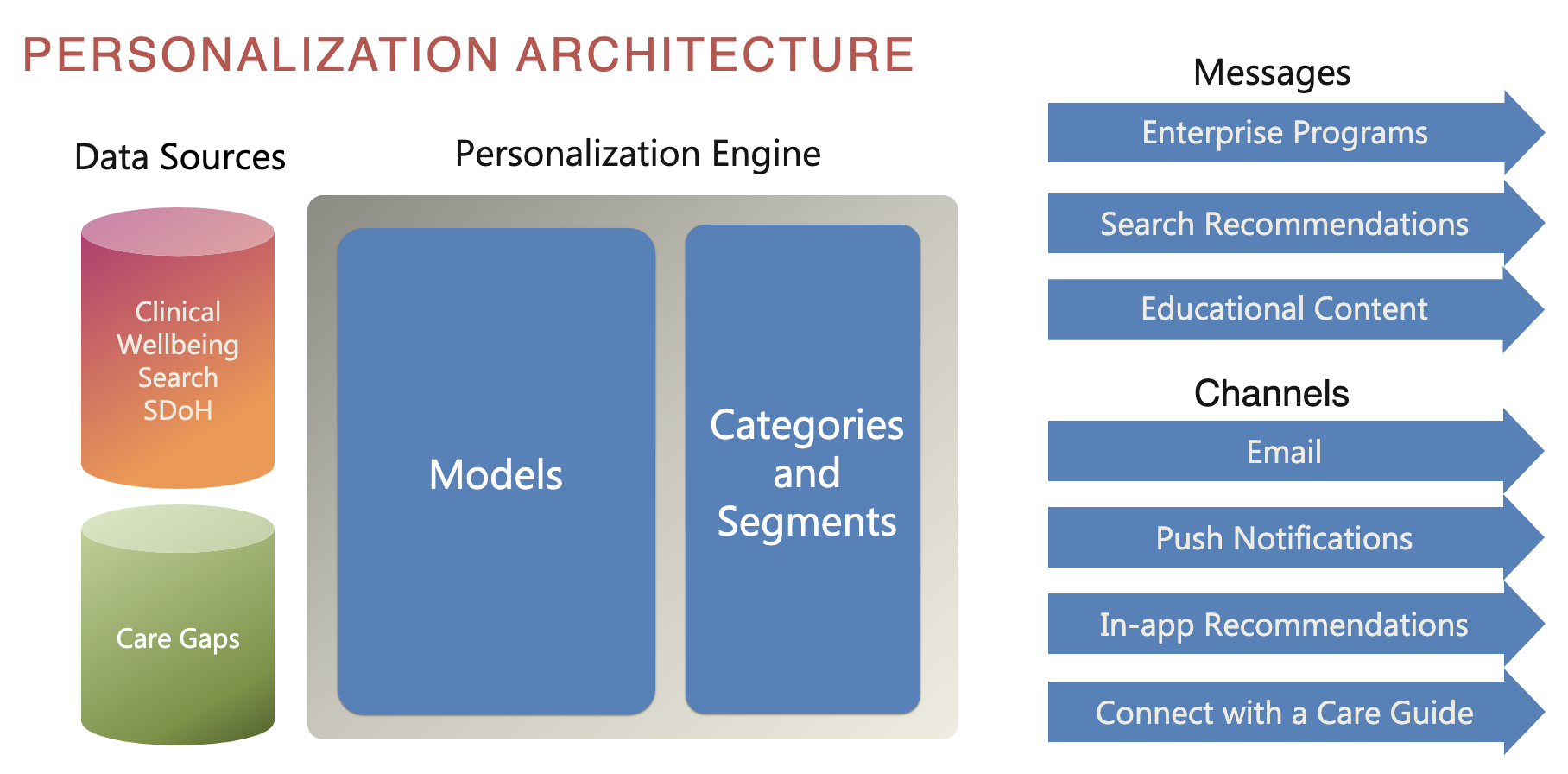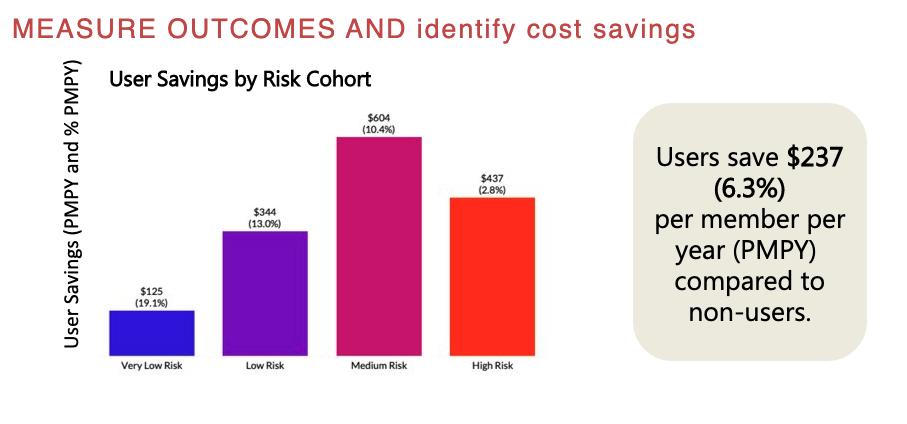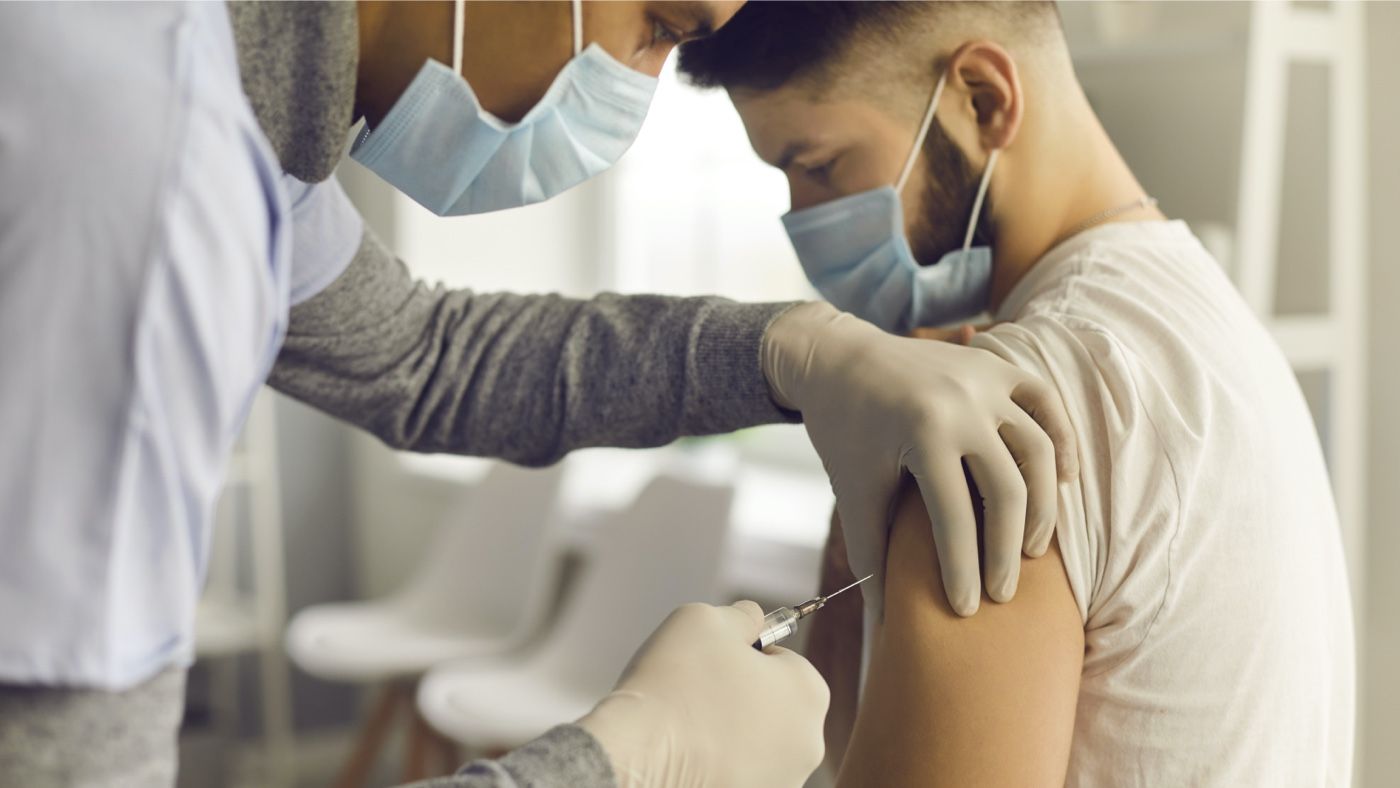Simply offering a well-rounded health benefits program isn’t enough. Employees need to be aware of and interested enough to regularly engage in these programs. And for an employer’s investment in health benefit programs to truly pay off, the programs each individual uses need to be tailored to their unique health goals.
This past February, Heather Hagg, vice president of Operations and Analytics at Castlight, was a featured speaker at Health Action Council’s IN-VALUE-ABLE Conference, where she spoke about how predictive analytics can be used to improve outreach and accessibility for health benefits programs, ultimately yielding higher engagement, better health outcomes, and cost savings.
Here are some of the top takeaways from her session:
What Is Predictive Analytics?
Predictive analytics leverages historical data to predict the probability of future outcomes and trends. This multidisciplinary approach employs techniques such as regression, machine learning, artificial intelligence, decision trees, and forecasting to create predictive models.
Using machines to analyze data in this way is necessary because, as humans, our ability to process large amounts of data is quite limiting. The typical human brain can only retain a certain amount of information, whereas we can train computers to effectively and efficiently process millions of pieces of data.
For example, it probably wouldn’t take you very long to examine the grid below and determine which photos are chihuahuas and which ones are blueberry muffins. Imagine multiplying the number of images below by a thousand or even a million. That would take quite a long time to get through. But for a machine? Once trained using predictive models, it would take mere seconds.

It’s important to note that models are meant to be helpful, but they aren’t perfect. They can only replicate a piece of reality. Each model is bounded by underlying assumptions. It’s crucial to know what the specific assumptions are for each model because this changes the way the model can be applied to predict future outcomes.
(Watch the full session here.)
Using Predictive Analytics in Health Benefits Programs
Our healthcare system is challenging and confusing, and people often need help navigating it. This is especially true because healthcare is so unique to the individual. Each person may need different programs, support, and communication channels at different times. It is very time-consuming and resource-intensive for humans to provide personalized recommendations for millions of employees. That’s where predictive analytics can help.
At Castlight, we have quite a bit of member data, including claims, biometrics, health assessment, health goals, and the user’s search activity when they use our platform. Using predictive analytics, we are able to leverage machine learning models to provide a highly personalized experience to every single member, ensuring what they see is relevant to their health history and goals.
For example, a simple regression model may tell us that people who live at or below a certain latitude may have an increased risk of skin cancer. With employees’ home zip codes and this model, we can train the Castlight personalization engine to send sun safety messages to those who live in certain geographical zones. Remember, though: We must pay attention to the model’s underlying assumptions. If this model was created and validated for people under the age of 65, for instance, it can only be applied to predict outcomes for people within that age group.
Castlight’s Personalization Architecture
At Castlight, we serve millions of users, and each one has their own unique health goals and needs. That means we need a highly scalable system. To achieve this, we feed member data into the Castlight personalization engine, which consists of predictive analytics models for a wide range of clinical categories and segments.
Our categories and segments range from conditions such as diabetes, low back pain, and pregnancy to health and wellbeing focused areas like nutrition, stress, and financial health. We sort each member into a category (sometimes more than one) based on their personal data, allowing us to customize messaging and communication channels for each person, thus enabling the greatest impact possible.
Each category also has sub-categories, creating an even more highly personalized user experience. For example, diabetes is quite a broad segment. So, we’ve split it up into multiple categories, including at risk for diabetes, controlled diabetes, diabetes with complications, and diabetes with hospitalizations. The people in these four sub-groups will all receive different messaging.
The more granular the data we feed into the personalization machine, the more likely the output is relevant to the end user. As a reminder, to successfully bring people in and keep them engaged, we must serve them relevant recommendations.
Castlight Customer Case Study
One of Castlight’s customers is a financial services firm with 53,000 employees across 37 states and 2,300 locations. Back in 2019, they deployed a digital cognitive behavioral therapy (CBT) tool through their employee assistance program. However, only about 1% of their employee population took advantage of it.
Given the severe implications COVID-19 has had on mental health nationwide, our client wanted to ensure more of their team members were aware of and engaged with the app. So, in 2020 they reintroduced this CBT app through Castlight’s centralized digital home for health and wellbeing.
Castlight implemented targeted outreach to employees with an ongoing or predicted future behavioral health concern (as determined through the personalization engine). In addition, the client leveraged Castlight’s platform to incentivize engagement specifically with the CBT program. All of this — the personalization, the incentive structure, and the central digital health hub — resulted in an engagement increase of more than 2,400%. All in all, around 24,300 (46%) team members used the CBT tool.
The Castlight Effect: Driving Cost Savings and Better Health Outcomes
Ultimately, using predictive analytics can have a significant impact on people’s day-to-day lives and health status, as seen with the financial services example above. Acoss our book of business, we’ve also seen that, when compared to non-users, Castlight users (those who have registered and engaged with a program at least once) have a decreased overall health risk.
Additionally, predictive analytics translates into cost savings. Castlight users save $237 per member per year when compared to non-users, and they also have lower year-over-year increases in medical costs.
Predictive analytics can provide unparalleled value when it comes to helping individuals navigate their personal health journey, driving your employees toward the right care at the right time. And the good news is, models don’t have to be complex. Even simple models can offer very useful insights.
Watch the full session, Harnessing the Power of Data to Drive Your Health Benefits Program.





